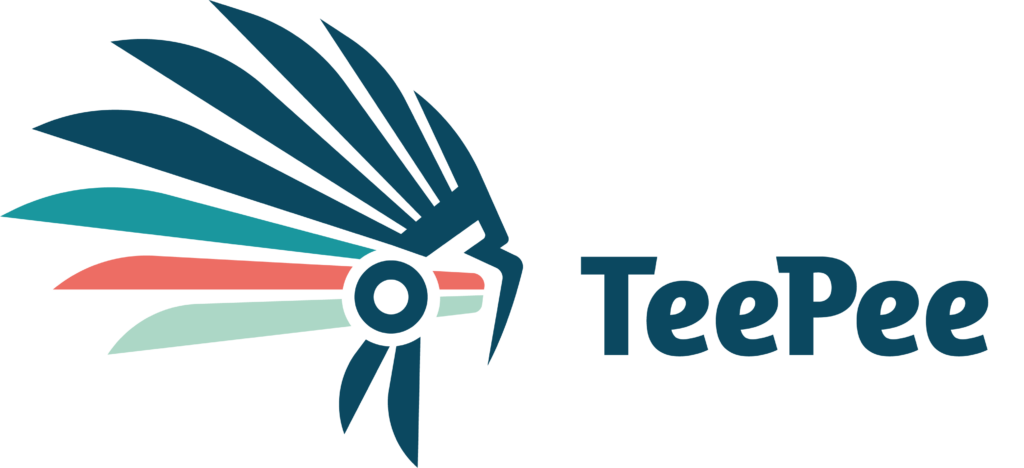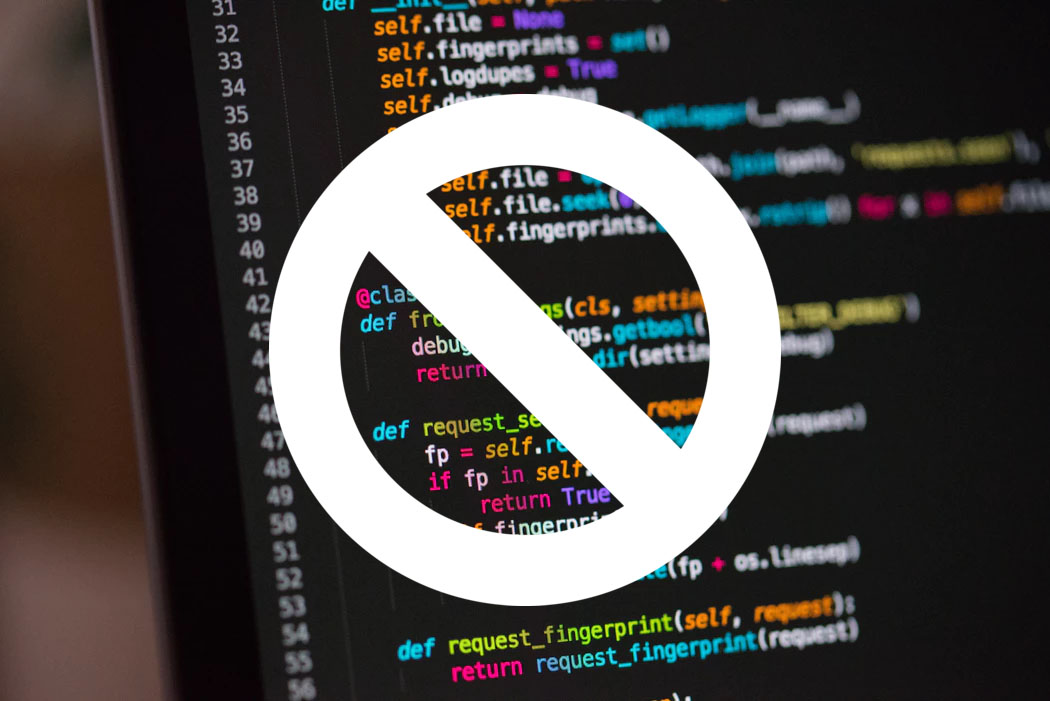You're in charge of maintenance at a plant, and you've been asked to give your opinion on the choice of a new management tool. You've heard of CMMS software, of course - it's something of a benchmark in your sector. But for the past few months, you've also been hearing about no-code platforms that promise flexibility and customization. So, what's the difference?
This question deserves serious consideration, because it's not simply a question of choosing between two tools: it's a question of choosing between two radically different philosophies for managing your maintenance. And this decision will have a direct impact on your day-to-day life, that of your teams, and on the overall performance of your facilities.
A fundamental difference in philosophy
CMMS: software designed for maintenance
CMMS (Computerized Maintenance Management System) software is a specialized business tool. It has been developed by teams who have identified the standard needs of industrial maintenance: equipment fleet management, preventive maintenance planning, spare parts tracking, traceability of interventions, calculation of performance indicators such as MTBF or MTTR.
It's a bit like buying a fully-equipped car from a dealer: it drives well, all the basic equipment is there, but you can't really change much about its design. The manufacturer has made the decisions for you, based on the average needs of his customers.
No-code: a platform for creating your own solutions
No-code, on the other hand, is not software dedicated to maintenance. It's a development platform that lets you build the applications you need yourself, without writing a single line of code. It's a complete digital toolbox with which you can design tailor-made applications.
To return to the automotive analogy, it's as if you had access to a complete workshop with every possible component to assemble exactly the vehicle you need: the one that corresponds precisely to your terrain, your usage, your specific constraints. What's even more surprising is that you don't need to be a technician to design your vehicle.
Rigidity versus flexibility
The structural limits of conventional CMMS
The fundamental constraint of traditional CMMS is that they are designed according to a predefined data model. Developers have imagined what most companies need, and fixed this structure in the software.
Let's imagine you need to track a particular piece of information that isn't provided for in the software - for example, a quality control protocol specific to your sector, or the integration of a prevention plan into your interventions. With a conventional CMMS, you generally have three options, all of them frustrating:
- Use a generic "comment" field in which you note everything in free text, making it impossible to make any statistical use of the data.
- Paying thousands of euros for customization by the editor, with lead times of several months and often additional maintenance costs
- Forgo tracking this information in your system and maintain parallel Excel files - exactly what you wanted to avoid by investing in a CMMS.
We've seen too many maintenance managers become prisoners of their CMMS, forced to adapt their business processes to the software's constraints rather than the other way round. It's as if the tool dictates the way you work, rather than adapting to your real needs.
The no-code modular approach
With a no-code platform like TeePee, the logic is reversed: you start from your actual processes and build the tool that fits perfectly with them. Need an additional field? Create it in just a few clicks. Need to modify a process? You do it yourself, immediately, without waiting for the editor.
This flexibility changes everything in your day-to-day business. For example, if you need to integrate a new environmental regulation that requires you to trace specific information during your interventions, you can modify your forms the same day. With a conventional CMMS, you'd have to open a ticket with support, explain your needs, wait for a quote, negotiate, then wait several weeks for the update.
Beyond maintenance: the big picture
Information silos in business solutions
Another major pitfall of traditional CMMS is that they often operate in silos. They're great for managing maintenance, of course, but what happens when you need to cross-reference this data with other company information?
Your quality department uses another software package to track non-conformities. Production has its own performance monitoring system. Purchasing manages orders in ERP. The HSE (Health, Safety and Environment) department has its own reporting tools. The result: you have isolated maintenance data that is difficult to correlate with the rest of the company's activity.
But you know better than anyone: maintenance doesn't live in a vacuum. A machine stoppage has a direct impact on production. A recurring problem may reveal a quality defect. A maintenance incident can have HSE implications. For effective management, you need a cross-functional view of your data.
Centralization made possible by no-code
With a no-code platform, you can build an ecosystem of interconnected applications that share the same data. Your intervention management application can feed directly into your production dashboard. Your anomaly reports can automatically trigger quality actions. Your maintenance data can enrich your management control cost analyses.
The TeePee configurator, for example, enables you to digitize all your forms - whether they concern maintenance, quality, safety or production - and make them communicate with each other. Workflow settingsautomate processes that cross several departments. Scheduling lets you plan tasks for your resources. The kanban lets you track the evolution of your data, and the dashboard gives you a consolidated view of all this information, regardless of the processes from which it originates.
This approach meets a fundamental need: to transform data into actionable information by breaking down organizational silos.
The question of autonomy and responsiveness
Dependence on the publisher
With a traditional CMMS, you are dependent on the software publisher for any software evolution. It's the editor who decides on the schedule for updates, the new features to be developed, and the bugs to be fixed as a priority. You're just another customer.
This dependence has a considerable hidden cost: the cost of inaction. How many times have you given up on optimizing a process because it required upgrading your CMMS and was too complicated or too expensive? How many times have you kept an inefficient way of doing things simply because it suited the constraints of your software?
We recently had the opportunity to speak with a maintenance manager in the food industry, who told us that he had waited 18 months for a simple QR code scanning function on his cell phone to identify his equipment. 18 months during which his technicians continued to note down information manually, with all the risks of error that this entails. An eternity in an industrial environment where reactivity is essential.
The agility of no-code
No-code gives you that autonomy back. You no longer have to wait for an editor to prioritize your request. You can quickly test new approaches, iterate and continually improve your processes.
This agility is particularly valuable in a constantly changing industrial context. Integrating a new machine with specific monitoring parameters? New IoT-based predictive maintenance protocol? Reorganization of your teams? With a no-code platform, you can adapt your tools in hours or days, not months.
You become the master of your digital transformation, able to develop your tools in line with your business needs, without compromise.
Who does what? The question of skills
CMMS for whom?
A classic CMMS is ideal if your maintenance processes are standardized, if you don't need extensive customization, and if you prefer a turnkey tool that you don't have to configure yourself.
It's also a good choice if you don't have the in-house resources to design and configure your own tools - even if, with modern no-code platforms, this configuration has become much more accessible than it used to be, and publishers often offer effective, tailored support.
No-code for whom?
No-code is aimed at organizations that want to retain control over their tools, that want their tools to evolve at the same pace as their business, that have specific processes that are difficult to standardize, or that are looking to connect maintenance with other aspects of their business.
Contrary to what you might think, using a no-code platform doesn't require advanced technical skills. You don't need to know how to code. What you do need is a detailed knowledge of your business processes and the ability to model them - which, as a maintenance manager, is precisely what you're good at.
Some platforms, like TeePee, even offer packages such as CMMS to save you time, or support from expert "no-code makers" who help you design and deploy your applications. You provide the business knowledge, they provide the technical expertise on the platform. The best of both worlds.
Real cost: beyond the purchase price
The hidden costs of CMMS
When comparing costs, we tend to look only at the price of the license. But the real cost of a CMMS far exceeds this initial figure:
- Customization costs (often several thousand euros per modification)
- Training costs (more complex to master as you need to understand the publisher's logic)
- Integration costs with your other systems
- Opportunity costs (all the productivity gains you don't achieve because the tool doesn't adapt perfectly to your needs)
- Costs related to complementary tools that you maintain in parallel (Excel files, in-house applications, etc.) because CMMS does not cover 100% of your needs.
No-code investment
With no-code, the investment is different. You invest time (yours or your teams') in configuring your applications. But this investment is :
- Progressive: you start small and build up as you go along
- Reusable: once you've mastered the platform, you can use it to digitize other processes beyond maintenance.
- Sustainable: you capitalize on your own expertise rather than that of an external publisher
And above all, you avoid customization costs, since you're free to develop your tools yourself.
CMMS and no-code: opposition or complementarity?
Here's perhaps the most important thing to understand: it's not necessarily a question of choosing between CMMS and no-code, but of understanding how these approaches can complement each other.
Some companies use a CMMS for basic maintenance functionalities (fleet management, interventions, history) and supplement with no-code for all peripheral or specific processes: customized control forms, adapted dashboards, integration with other systems via APIs, automation of cross-functional workflows.
Others choose to build their entire maintenance management solution with no-code, because they have very specific needs or because they want native integration with the rest of their digital ecosystem.
The key is to start from your real needs, rather than adapting to the constraints of a tool.
In conclusion: the question of control
Basically, the real difference between a classic CMMS and a no-code platform is a question of control.
With a CMMS, you buy a preconceived solution that works well for what it was designed for, but you relinquish control over its evolution and adaptation to your specific needs.
With no-code, you retain total control over your tools, at the cost of investing time and thought in their design and development.
Neither approach is fundamentally better. It all depends on your context, your resources, your degree of business specificity, and your strategic vision.
But one thing is certain: in an industrial environment where agility and adaptability have become major competitive advantages, the question deserves to be asked seriously.
Do you want a tool that imposes its logic on you, or one that bends to yours?
What maintenance processes in your company need to be rethought with a more flexible approach? What limitations do you currently encounter with your management tools? Don't hesitate to share your experience in comments - your feedback will certainly enrich the thinking of many colleagues facing the same challenges.

